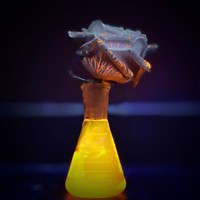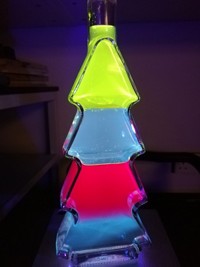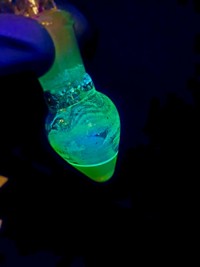Advertisement
Grab your lab coat. Let's get started
Welcome!
Welcome!
Create an account below to get 6 C&EN articles per month, receive newsletters and more - all free.
It seems this is your first time logging in online. Please enter the following information to continue.
As an ACS member you automatically get access to this site. All we need is few more details to create your reading experience.
Not you? Sign in with a different account.
Not you? Sign in with a different account.
ERROR 1
ERROR 1
ERROR 2
ERROR 2
ERROR 2
ERROR 2
ERROR 2
Password and Confirm password must match.
If you have an ACS member number, please enter it here so we can link this account to your membership. (optional)
ERROR 2
ACS values your privacy. By submitting your information, you are gaining access to C&EN and subscribing to our weekly newsletter. We use the information you provide to make your reading experience better, and we will never sell your data to third party members.
Analytical Chemistry
Chemistry In Pictures
Chemistry in Pictures—Fluorescence in everyday objects
November 16, 2017

Brian Wagner, a chemistry professor at the University of Prince Edward Island, often works with fluorescent detector molecules in his lab. But instead of showing off his research, he decided to show off the fluorescent objects people interact with all the time by putting them under a 350-nm-wavelength ultraviolet lamp. From left to right, the substances shown are as follows:
Olive oil (contains various fluorescent compounds)
Vitamin B-2, a.k.a. riboflavin, dissolved in water
Turmeric dissolved in water (contains the fluorescent molecule curcumin)
A bar of Irish Spring Original soap (contains the fluorescent molecule pyranine)
Canola oil (contains various fluorescent compounds)
Tonic water (contains the fluorescent molecule quinine)
Laundry detergent (contains fluorescent brightening dyes)
Wagner submitted this photo as part of the #RealTimeChem photo contest. The two runners-up in the Colorful Chemistry category were Madison Fletcher with a photo of this trichromic DNA gel and Andres Tretiakov with this pH demonstration using red cabbage juice.


Do science. Take pictures. Win Money. Enter our photo contest here.





Join the conversation
Contact the reporter
Submit a Letter to the Editor for publication
Engage with us on Twitter